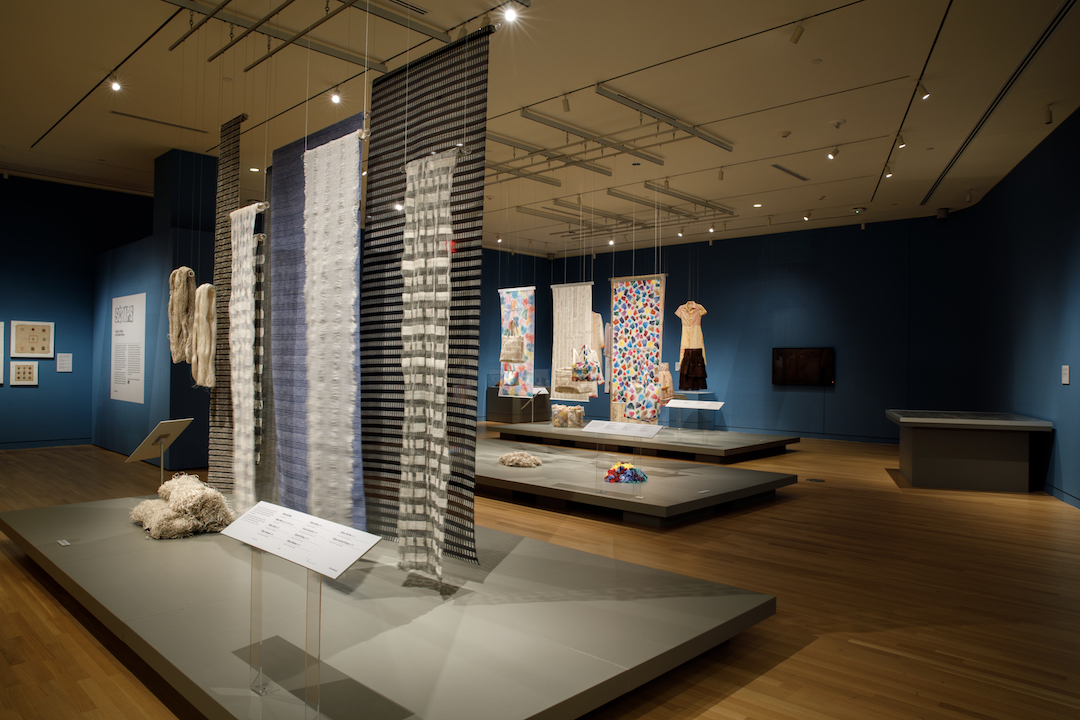The way we buy and wear clothes has changed with the rise of fast fashion brands, drawing concerns about overconsumption and environmental harm from many who report on the industry, including Washington Post writer Robin Givhan.
Givhan, a Post senior critic-at-large who writes about politics, race and the arts, shared her views on overconsumption in fashion, resale culture and the rental economy while speaking to George Washington University students during a moderated discussion hosted by the Visiting Artists & Scholars Committee. She said while the fashion industry has long valued newness, new trends are being churned out at an alarming rate and even designers are struggling to keep up.
“Everything is sort of disposable or reusable, and I think part of that just comes from the incredible speed we've been taught to consume," said Givhan, who won the Pulitzer Prize for criticism in 2006 for her writing about fashion.
She said another pitfall of the constant production of clothing is the damage to the environment. Givhan believes the drive behind overproduction and overconsumption is due to the constant desire for more clothing.
“I am not a fan of the rental economy when it comes to clothing because I think that it just sort of perpetuates this idea that you need something new,” Givhan said. “But I do think it has allowed more people to engage and more people to feel like they have a certain ownership in the industry and because of that, I think it has become a more diverse place and a place that's more reflective of the broader population,” Givhan said.
She said the downside of the rental economy is items lose their magic because when people choose to invest and purchase an item, they are less likely to just throw it out.
Moderators William Chaudoin and Grace Rodriguez, both graduate students in art history with an interest in fashion and modern art in the Corcoran School of the Arts and Design, asked Givhan about her views on collaborations being more common among fashion brands.
“Originally, the idea behind a collaboration is that the collaboration is better or greater than the individual parts, and they were sort of interesting and surprising,” Givhan said. “But to me, the dirty little secret of fashion is that as much as it's engaged in innovation, it loves nothing better than more of the same.”
She said that as soon as brands realize a particular strategy works, everyone tries to replicate and reproduce more of the same.
Chaudoin asked Givhan how much menswear has changed in recent years. Givhan responded that even though it is a smaller part of the industry, menswear has been a significant source of fashion innovation.
“I love menswear, and I would say that pretty much the vast majority of changes that have happened in the fashion industry, in general, have all come from menswear,” Givhan said.
“The fact that so many more people wear more comfortable shoes is directly related to the rise of sneaker culture, which began in menswear. Athleisure is a menswear invention. The whole idea of gender blurring comes from menswear.”
Rodriguez asked Givhan about her perspective on Louis Vuitton’s decision to hire Pharrell Williams as the new creative director for its menswear line.
Givhan said while she believes Williams is very talented, the announcement caused her to reflect on the role of celebrities in the industry.
“Pharrell doesn’t have a design background. He has been a fashion entrepreneur, and it just sort of viscerally made me sad for all of those students studying design to see this amazing job be done by someone who hasn’t studied design,” Givhan said.
She also pointed out that the announcement of Williams’ appointment highlighted his achievements in other industries.
“To me, it was striking that a major fashion institution didn’t feel like fashion was enough, and it needed to bring someone engaged in these other areas to bring excitement. That solely pinning the buzz on fashion seemed like it was too risky,” Givhan said.
She said there have been other brands that turned to designers and those designers were able to elevate the brand into the cultural conversation. “So, it doesn’t require a celebrity,” Givhan said.



